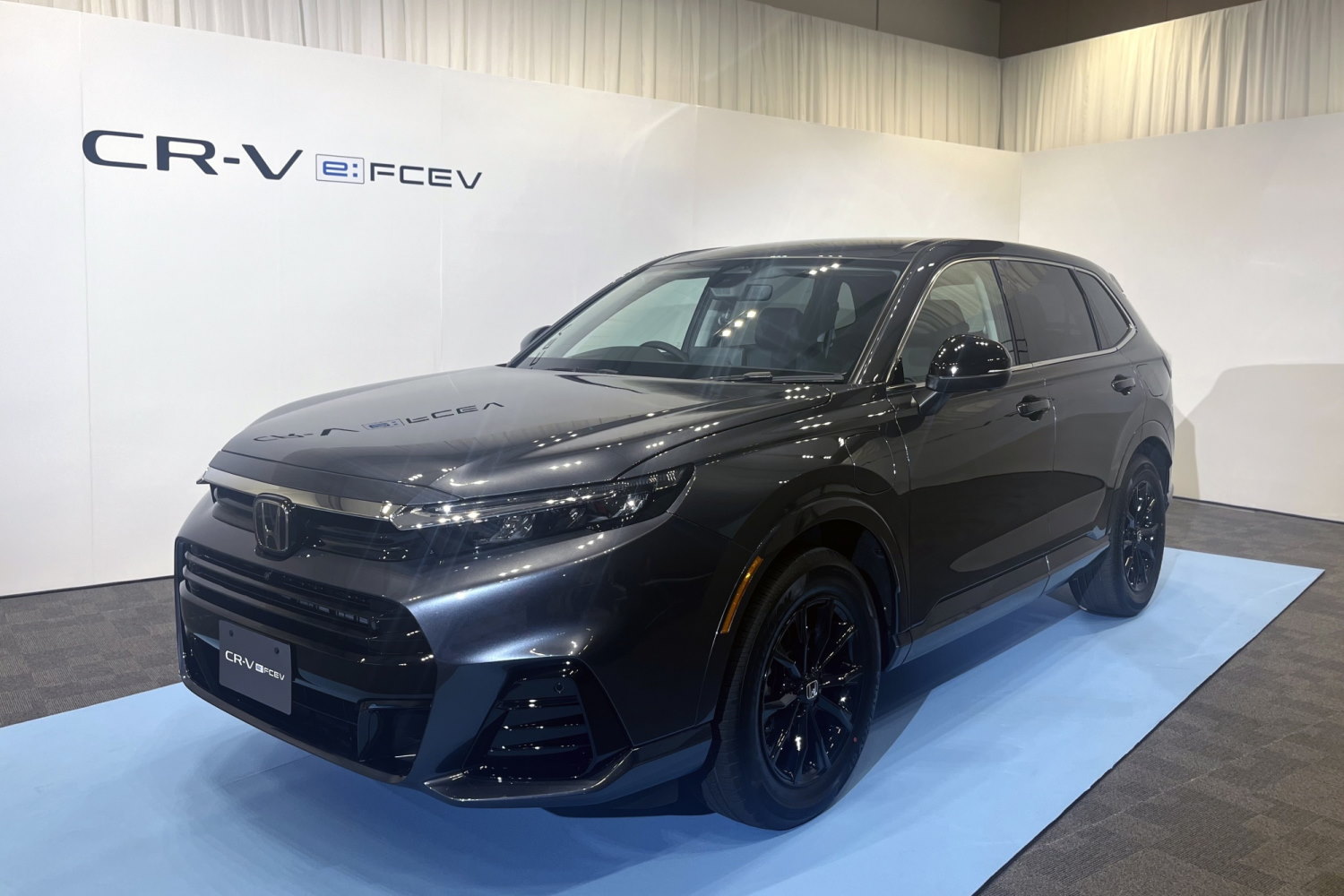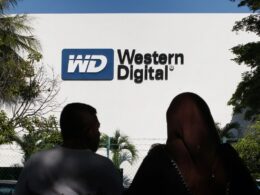Honda Motor, the Japanese automaker, is set to re-enter the hydrogen car market this year with its new hydrogen-powered crossover, the CR-V e:FCEV. This hybrid vehicle will use hydrogen fuel cells and can recharge its traction battery from the electric grid. Though Honda began manufacturing hydrogen-fueled cars back in 2002, it ceased production of its then-current model, the Clarity, in 2021. The company now hopes that the new CR-V e:FCEV model, set to hit the market this year, will signal a successful return to the hydrogen vehicle market.
The Compromise of the Hybrid
The CR-V e:FCEV represents a strategic compromise for Honda, as explained by the Nikkei Asian Review. Firstly, by reusing the platform of their popular CR-V crossover model, Honda can ensure steady demand and lower costs of developing a new model. Secondly, the development of a new generation of fuel cells was also cost-saving, as the technology was primarily borrowed from General Motors. Finally, by allowing the car to recharge up to 60 km of its range at regular charging stations, Honda aims to alleviate customers’ concerns about the limited availability of hydrogen refuelling stations.
Market Release
The Honda CR-V e:FCEV is set to launch in Japan and California during the summer of this year. California was a strategic choice due to the state’s popularity of eco-conscious vehicles and an existing network of hydrogen refuelling stations, enhancing the vehicle’s appeal. A full tank of hydrogen can be refuelled within one to three minutes, allowing the car to travel over 600 km on one fill, emitting only water vapor as emissions. The car’s onboard power system can be used to power external devices, which could be valuable during disasters or outdoor recreational activities.





